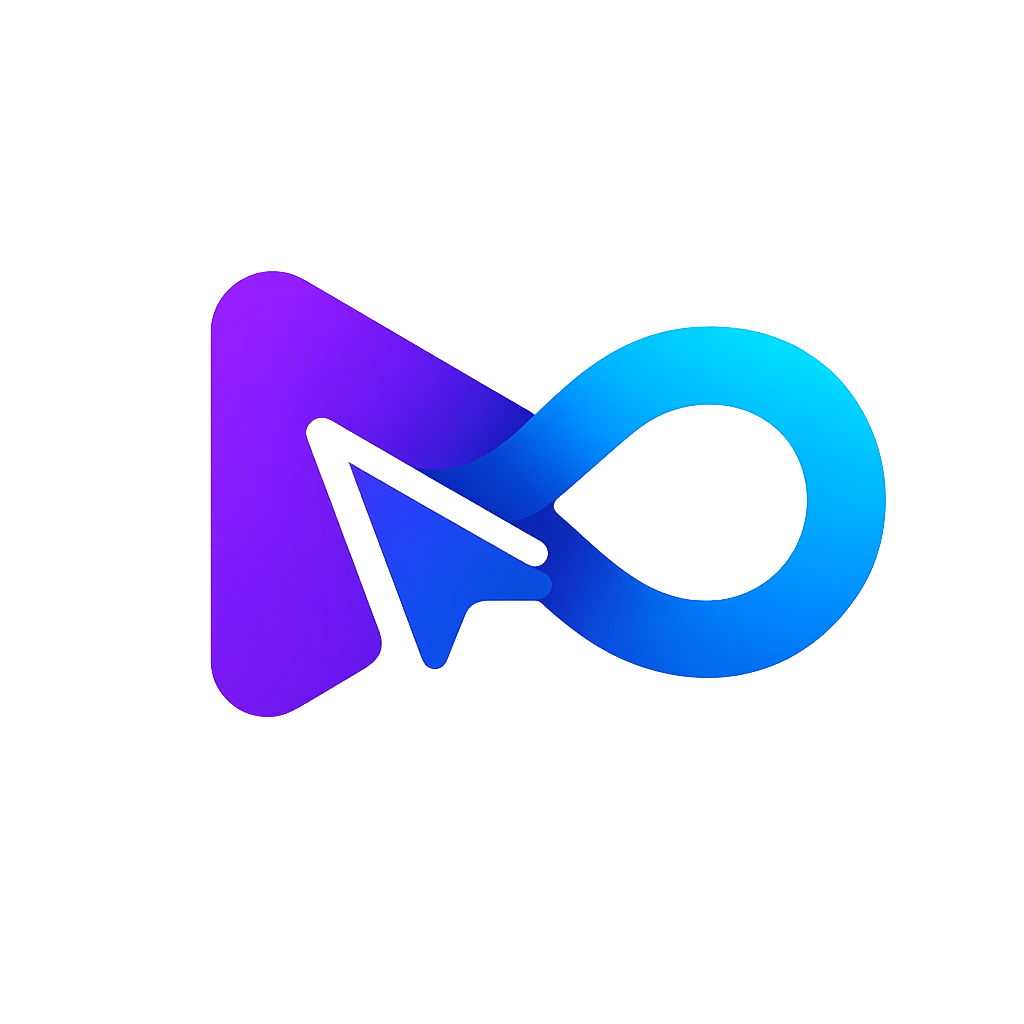AI 3d Scene Generator

What is make-a-video3d.github.io?
Make-A-Video3D is a project aimed at creating three-dimensional dynamic scenes from text descriptions. This system integrates a 4D dynamic Neural Radiance Field (NeRF) with a Text-to-Video (T2V) diffusion-based model. This combination allows for the generation of 3D scenes that incorporate the dimension of time, based solely on textual input. For further information, you can refer to the project’s paper or visit the GitHub repository.
How does make-a-video3d.github.io work?
Make-A-Video3D combines a 4D dynamic Neural Radiance Field (NeRF) with a Text-to-Video (T2V) diffusion-based model to create three-dimensional dynamic scenes from text descriptions. Here is a high-level overview:
Text Input: Users provide a textual description of the desired scene.
NeRF Scene Generation:
- 4D NeRF: Utilizes NeRF to model the 3D geometry and appearance of the scene.
- The "4D" component incorporates time as an additional dimension, enabling the creation of dynamic scenes.
Text-to-Video (T2V):
- The T2V model translates the text description into a sequence of 3D scenes over time.
- It employs diffusion-based methods to generate realistic video frames.
Output:
- The final product is a 3D+time video scene generated from the input text.
For more technical details, you can refer to the project's paper or explore the GitHub repository.
How much does make-a-video3d.github.io cost?
Make-A-Video3D is an open-source project available for free use. You can access and explore the code and detailed information on their GitHub repository. Note that the information may have changed, so it's advisable to check the repository or any official announcements for the latest updates.
What are the benefits of make-a-video3d.github.io?
The benefits of Make-A-Video3D include:
- Dynamic Scene Generation: It produces 3D+time scenes from text descriptions, enabling the creation of dynamic and engaging videos.
- Text-Driven: Users can generate scenes using natural language, making the tool accessible and intuitive.
- Open Source: As an open-source project, Make-A-Video3D is freely available for exploration and use.
- Innovative Approach: The combination of 4D NeRF and T2V models leads to impressive scene synthesis.
For more details, you can explore the GitHub repository.
What are the limitations of make-a-video3d.github.io?
While Make-A-Video3D is an impressive project, it does have some limitations:
- Complexity of Scene Descriptions: The quality of the generated scenes depends significantly on the precision and detail of the input text descriptions. Complex or ambiguous descriptions may result in less accurate outcomes.
- Training Data and Generalization: The model's performance is influenced by the diversity and quality of the training data. Limitations in this data can affect its ability to generalize across different scenarios.
- Computational Resources: Generating 3D+time scenes requires substantial computational power. Users with limited resources might experience longer processing times.
- Fine-Tuning and Customization: Although the project is open source, adjusting or customizing the model for specific needs may necessitate additional expertise.
These limitations are typical of the technology and not unique to Make-A-Video3D.
What is the main purpose of MAV3D?
The main purpose of MAV3D (Make-A-Video3D) is to generate three-dimensional dynamic scenes from text descriptions. This innovative approach uses a 4D dynamic Neural Radiance Field (NeRF) combined with a Text-to-Video (T2V) diffusion-based model, enabling the creation of dynamic video outputs that can be viewed from any angle and composited into any 3D environment. MAV3D does not require 3D or 4D data for training, making it a pioneering method in generating 3D dynamic scenes solely from text.
How does MAV3D utilize the 4D dynamic Neural Radiance Field (NeRF)?
MAV3D leverages a 4D dynamic Neural Radiance Field (NeRF) to optimize scene appearance, density, and motion consistency. The "4D" component incorporates time as an additional dimension, which allows for the modeling of dynamic scenes that evolve temporally. This is achieved by querying a Text-to-Video (T2V) diffusion-based model, which aids in translating text descriptions into sequences of dynamic video frames over time. This integration enables MAV3D to generate realistic and captivating 3D+time video scenes.
What type of data is required for training the MAV3D system?
The MAV3D system does not require any 3D or 4D data for training. Instead, its Text-to-Video (T2V) diffusion-based model is trained on Text-Image pairs and unlabeled videos. This innovative approach allows MAV3D to generate 3D dynamic scenes solely from text descriptions, making it a unique and accessible tool for creating dynamic video content from natural language inputs.














